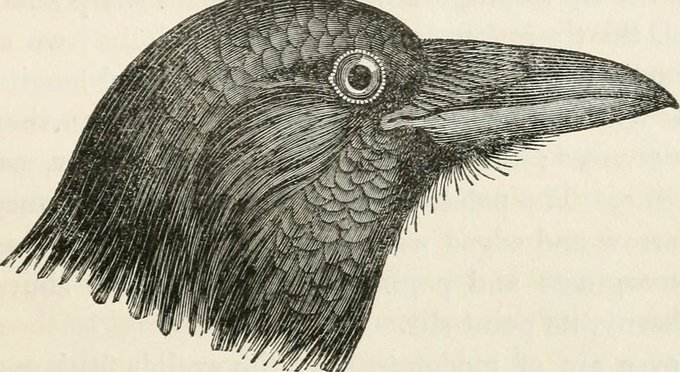The Maclagan Manuscripts
Collected by: Elizabeth Kerr
Residence: Port Charlotte
Locality of Collection: Highland
Reference: MML0772b
Chosen by: Theresa Mackay
Five years ago I was completing my MLitt dissertation at the Centre for History, UHI, and like any student who is passionate about a topic, I couldn’t stop researching. The end result was one dissertation submitted for my degree—on the presence of female innkeepers in the early nineteenth-century Highlands—and a big pile of “extra” research on food. This data on what innkeepers cooked two hundred years ago kickstarted my Ph.D and led me to study The Maclagan Manuscripts at the SSSA.
The Maclagan Manuscripts (MM) consist of more than 9000 items of folklore from the western Highlands and Islands. Spearheaded by Dr. Robert Craig Maclagan in 1893, this project saw a team of collectors handwriting and submitting folkloric points of interest over nine years.
I have spent much time studying the MM to understand nineteenth-century foodways and practices of Gaelic-speaking women in the western coastal communities and I have to say this recipe for crow pie collected by Elizabeth Kerr is one of my favourites:
Pithean-cnàimheach. (crow pie.) Ingredients. The legs and breasts of a dozen crows. Two ounces butter; two tea cupfuls of flour; a little Baking powder; salt, pepper, and water.
___Method. Par-boil the meat in very little water, with a pinch of salt added. Put into a pie dish with the gravy and pepper. Make paste in the ordinary way, and cover the pie dish with it. Put a griddle on the fire, on which put the pie, and place a common pot over it, with its mouth downwards. Bake for Forty-five minutes.

From MacGillivray’s British Birds (1837)
Here we identify birds eaten on Islay, but if you look closely at this record, and others found in the MM, they help us to understand foodways practices of the past. Looking at the main ingredients, this recipe calls for “legs and breasts of a dozen crows” which sparks us to think about how the birds would have been caught (a job for boys with a sling, perhaps?) and how the remaining heads and feathers would have been used.
The prevalence of certain “supporting” ingredients in these cookery records point to foodstuffs that were considered staples, such as bread, whisky, cream, meals of barley and oat, and butter and salt (as seen here). In this recipe we also see that the pie covering was made “in the ordinary way” causing us to explore what specific foodstuffs were used in this “paste” and what practice was the “ordinary way”.
In terms of cooking equipment, here we see a “pie dish” referenced, a note that helps us to understand how a kitchen was outfitted. Along with pie dishes, the MM suggests that kitchens also included various sizes of barrels, three-legged pots, and buckets and bags for collecting whelks at the shore, giving us an understanding of nineteenth-century material culture and cooking technology.
It is the idea that this simple recipe for crow pie tells us so much about how women in the Gàidhealtachd fed themselves and their families that appeals to me so much. A recipe by collector Elizabeth Kerr that may have taken her only a few minutes to jot down has forever preserved the foodways of the nineteenth century western Highlands and Islands.
Theresa Mackay is a Ph.D candidate in History at the University of Victoria (Canada). Her research centres on foodways and practices of nineteenth century women in the Gàidhealtachd along the western coastlines of the Highlands and Islands.
To find out more about The Maclagan Manuscripts visit: https://www.ed.ac.uk/information-services/library-museum-gallery/cultural-heritage-collections/school-scottish-studies-archives/manuscripts-collections/maclagan
To read Theresa’s article on female innkeepers in the Highlands and Islands, see the Journal of Scottish Historical Studies: https://www.euppublishing.com/doi/full/10.3366/jshs.2017.0218
